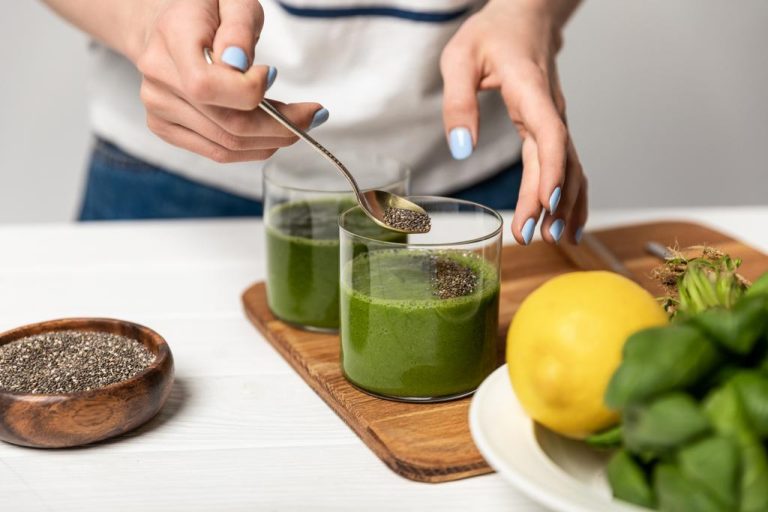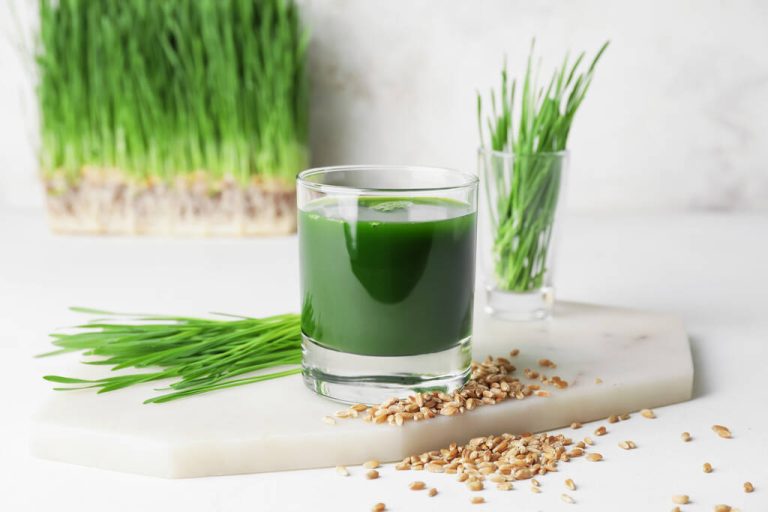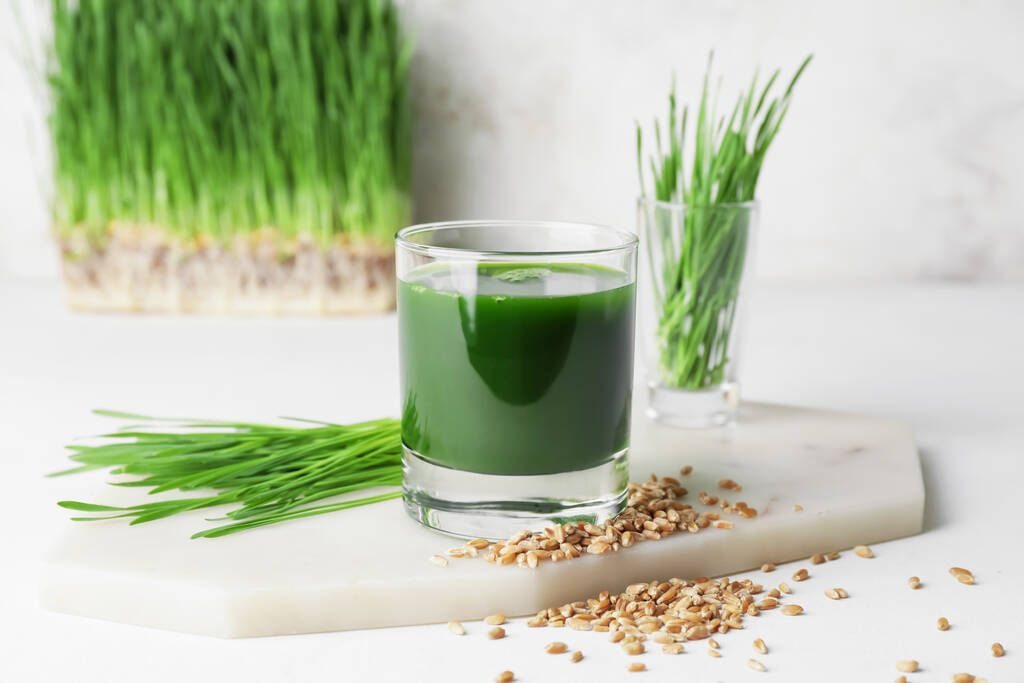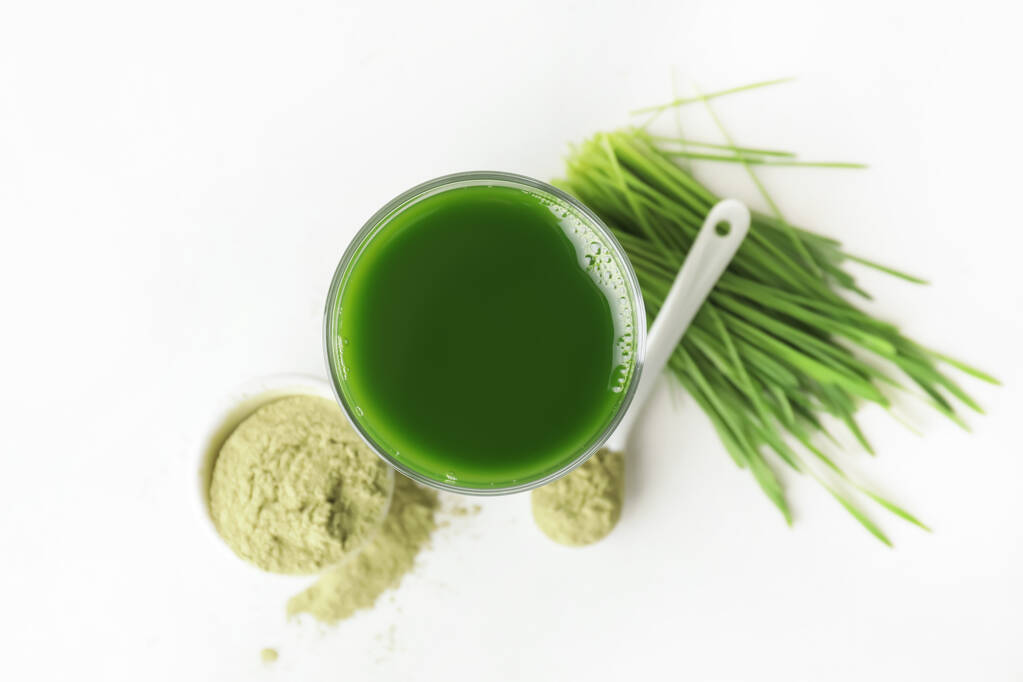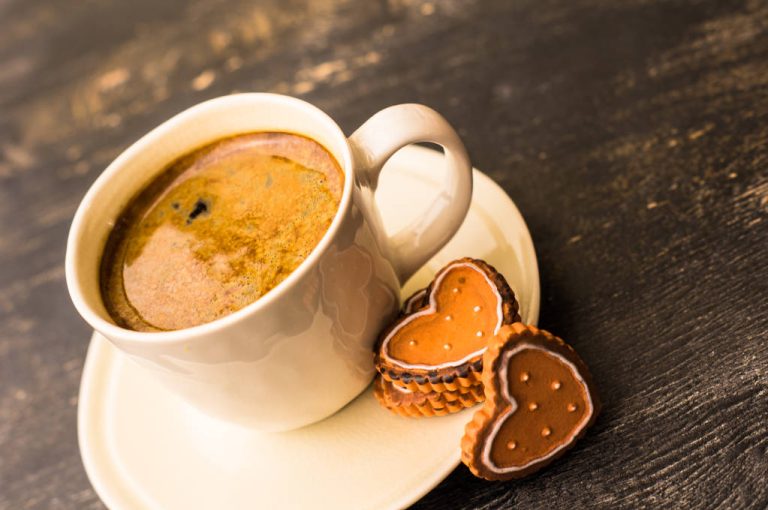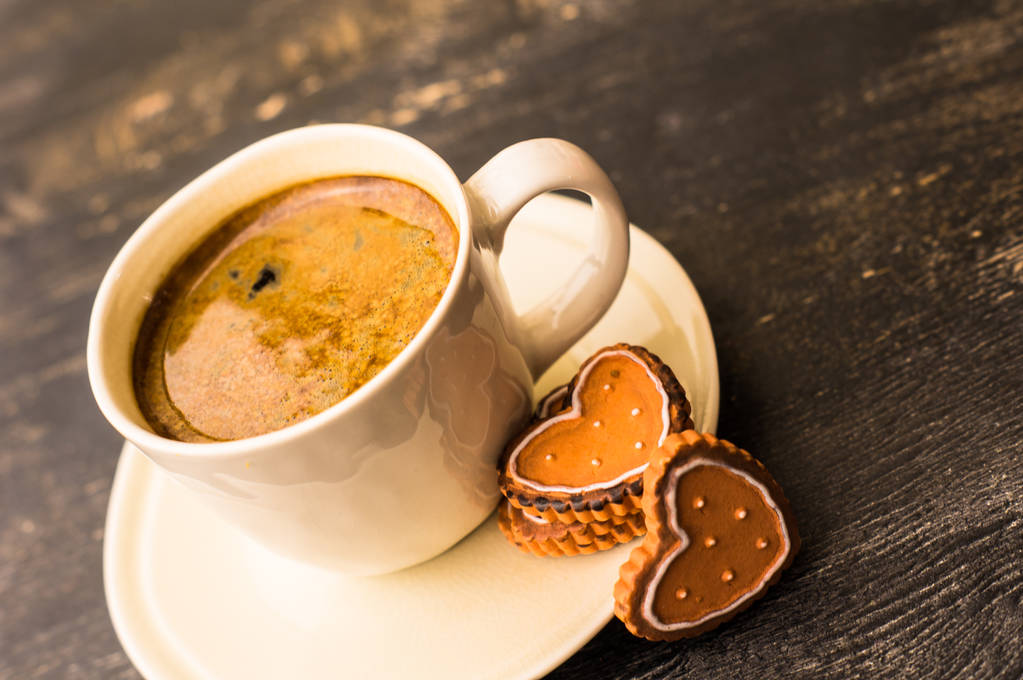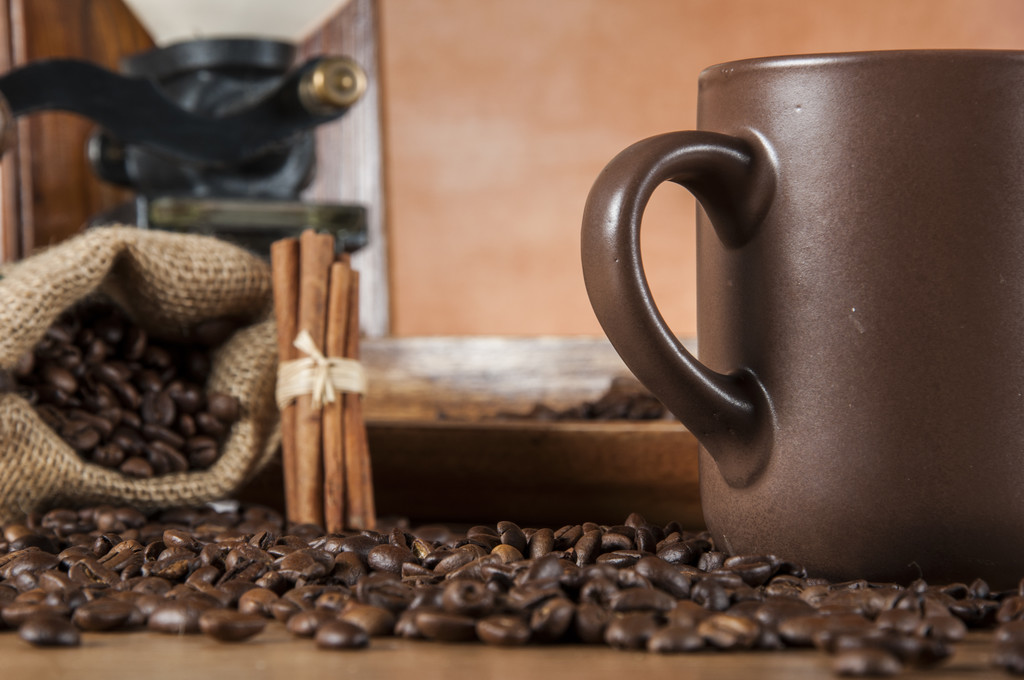Chia seeds contain a lot of protein, unsaturated fatty acids and minerals. But how healthy is the superfood really and what effect does it have?
There are many legends surrounding chia seeds, some of them more than 5,000 years old, some of them from recent years. According to the old legends, the “gold of the Aztecs” is said to have helped them in their conquests. Two spoons of chia seeds gave a soldier strength for the whole day and provided him with all the necessary nutrients.
This legend gave today’s athletes the idea of using the seeds of the chia plant as a silver bullet and as a source of energy before competitions. Hobby athletes soon discovered the pseudo grain for themselves and American businessmen “doped” themselves before strenuous business appointments with the grains, which today mostly come from Mexico and some other South and Central American countries.
Gradually, the insider tip went mainstream and chia seeds became a hip must-have in the kitchen. With a high content of omega 3 and omega 6 fatty acids, protein and minerals, the grains are said to be real health miracles. Is that true, or is superfood more like fool’s gold?
Chia seeds: basic facts and botany
The name of the chia plant is derived from the Aztec language and refers to the high oil content of the seeds (“chian” means “oily”). Strictly speaking, however, chia seeds are not seeds at all, but so-called Klausen – parts of a decaying fruit, each of which carries a seed.
Klausen is often found in mint plants, which include the chia plant as a sage species. In terms of nutritional physiology, chia seeds are classified as oilseeds due to their high fat content. The blue-flowering, annual, herbaceous plant originally comes from Mexico, but is now cultivated in several South American countries and in Australia.
The plant does not tolerate waterlogging and can therefore only be grown in regions where rainfall is relatively low. In Europe, Chia plants are only occasionally cultivated in the sunny south of Spain.
Ingredients, nutritional values and calories of chia seeds
Two tablespoons are said to give energy for the whole day – this suggests a very high-energy food. In fact, 100g of chia seeds contain 440kcal, most of it from fat (about 35%), the rest from carbohydrates (about 45%). Since the fats are almost exclusively unsaturated omega 3 and 6 fatty acids, the energy density of the small grains is less of a problem.
The seed can also score points when it comes to the protein content, which at around 22% is higher than, for example, salmon. When it comes to vitamins and minerals, oilseeds are also at the forefront: chia seeds are rich in magnesium, calcium, phosphorus, vitamin E, vitamin A and C, and niacin.
The power grains thus provide some important nutrients that are otherwise usually only found in meat or animal products – important especially for vegan diets. In addition, the cloves of the chia plant also provide many antioxidants, which are said to have a health-promoting effect.
What effect does the superfood have?
The ingredients of chia seeds suggest that the grains have a very positive effect on health. Omega 3 and 6 fatty acids, for example, are good for cholesterol levels and can lower blood pressure.
A high proportion of fiber also fills you up faster, which is why chia seeds can help with a diet. In addition, the grains are also a power snack for athletes, just like the Aztecs might have done back then.
Since these are pseudo-cereals, anyone with gluten intolerance or an allergy to nuts, soy proteins or similar can breathe easy: Chia seeds do not contain any of these components. An allergy-triggering effect is therefore not yet known. So far at least the advertising promises of the manufacturers.
However, none of these positive effects have been proven in scientific studies so far. These are only effects that could probably occur due to the ingredients – if they were tested, then only in the laboratory, so the results cannot be transferred to humans.
Chia seeds: few studies, little experience
The seeds of the chia plant have only been approved as food in the EU since 2013. Before that, they were only allowed to be included in processed products up to a maximum of five percent. For example, chia seeds have been added to bread and pastries or muesli mixes as a healthy bonus.
However, the EFSA, the European Authority for Food Safety, set the recommended consumption to a maximum of 15 grams (2 tablespoons full) per day – the reasoning was that there were no studies and empirical values over a longer period of time.
The enthusiastic reports on the effect of the alleged superfood that can be found on the Internet are therefore largely not scientific studies, but rather reports of individual people’s experiences. And taken by themselves, they don’t mean much.
In addition, with the small amount recommended for consumption, the effect of the chia seeds will naturally be low, despite all the nutrients they contain. In order to achieve a measurable medical effect at all, the subjects in the few studies conducted had to be given a significantly larger amount. And even then, only possibilities could be identified, but no concrete evidence of the effect.
Proper preparation of chia seeds
Yes, how do you eat them “correctly”, the miracle seeds of the chia plant? When eating, you should always keep in mind that chia seeds, like flaxseeds, swell a lot or rather convert part of their proteins into a kind of jelly. Therefore, they should always be taken with liquid.
However, it is best to soak the chia seeds if you want to eat them plain. Put in a glass overnight with at least twice the amount of water (e.g. one spoonful of chia seeds, two spoonfuls of water, preferably more) and you get a chia jelly that is virtually tasteless and can be easily metabolized.
Soaking is not necessary if the chia seeds are to end up in muesli or cornflakes for breakfast. Since these are usually eaten with milk, milk substitute or juice, sufficient liquid is provided. Also popular as a real power breakfast are chia seeds stirred into yoghurt, either soaked or straight from the pack.
Recipes with chia seeds
Chia seeds are tasteless and therefore go well with almost all other ingredients. As pseudo-cereals, they can be used almost like wheat, rye and the like.
However, because the oilseeds are gluten-free, a dough cannot be made with flour made from chia seeds alone. Due to the lack of adhesive protein, it would simply melt. Usually only part of the flour, for example for bread, is replaced by chia seeds.
For other recipes, the chia jelly must first be made by soaking. The finished jelly can be processed into a smoothie with berries, for example.
But other fruits and vegetables can also be processed with the grain into one of the popular cold drinks. This is perfect, especially when it is hot – which is why, in the region of origin, chia seeds are mixed with “Iskate” fruit or vegetable juice, a type of natural energy drink. And for fans of all things sweet, jam with chia seeds is always a good idea.



